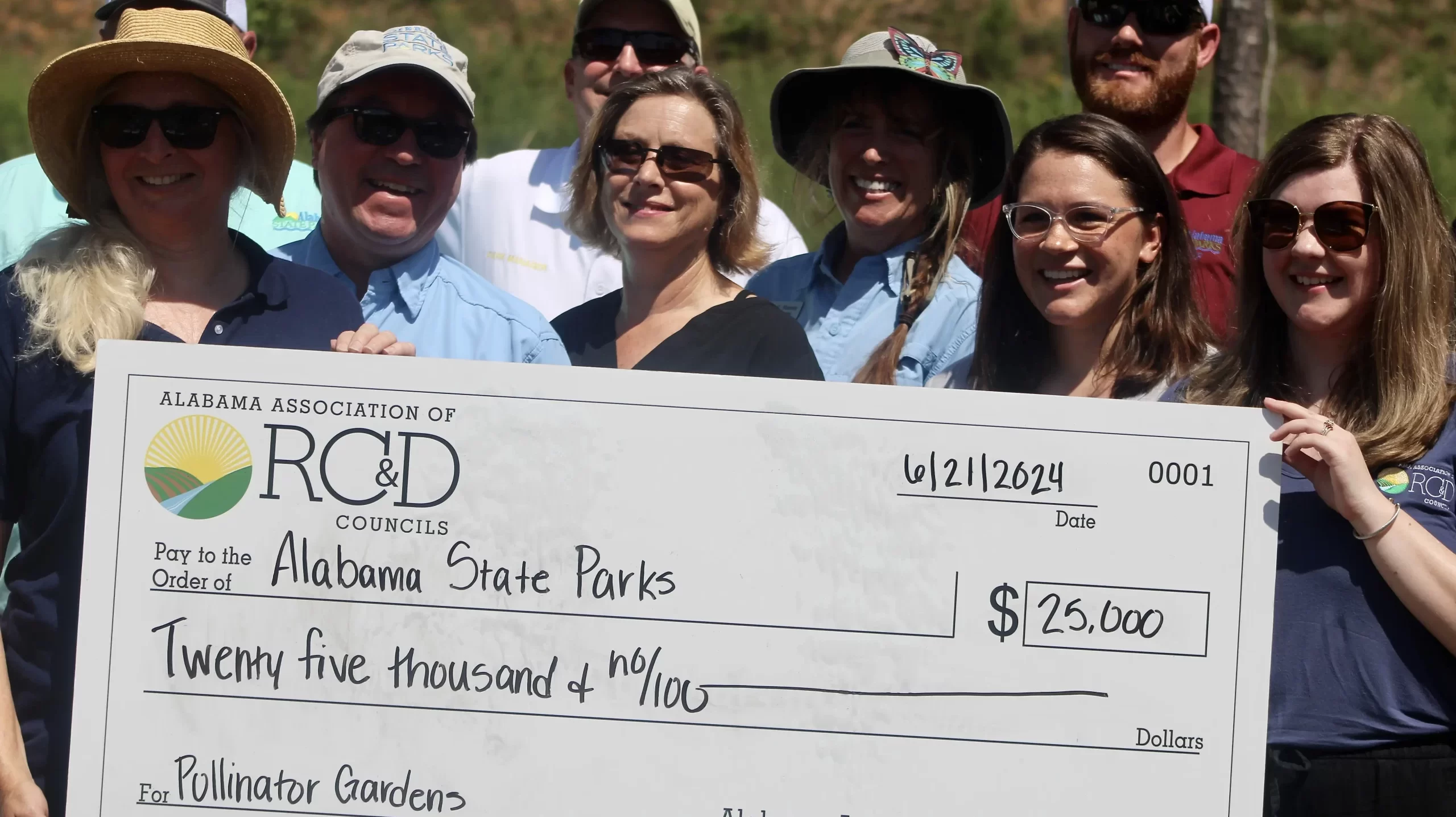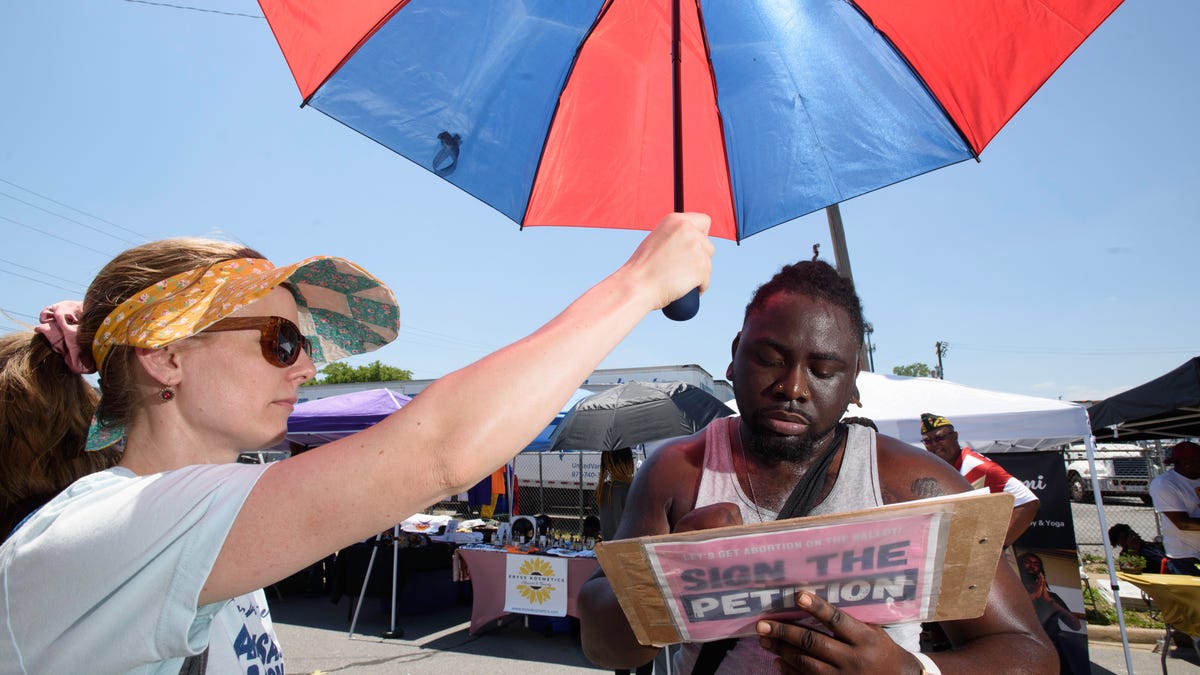Wyoming
`The Laramie Project’ stages a special reading in Wyoming on the 25th anniversary of Shepard murder

NEW YORK — It has been 25 years since the body of Matthew Shepard was discovered in Laramie, Wyoming. The gay college student had been tied to a fence post, tortured and left to die.
The murder drew national attention to violence against gay people, and attracted the interest of theater director Moisés Kaufman, who turned the horror into art with “The Laramie Project.”
This 25th anniversary has triggered deep sadness for Kaufman, founder and artistic director of the New York-based Tectonic Theater Project. He wonders about all the things Shepard could have become.
“Every year around this time, it’s painful to remember, but this one has hit particularly hard,” Kaufman tells the AP.
After Shepard’s 1998 killing, Kaufman and members of Tectonic traveled to Laramie and wrote the play based on more than 200 interviews. “The Laramie Project” is a poignant mix of real news reports, and actors portraying friends, family, police officers, killers and other Laramie residents.
This week, Tectonic is marking the anniversary by gathering the original cast and creators, and some of the people represented in the piece for a staged reading and conversation as part of the 2023 Shepard Symposium at the University of Wyoming.
“The Laramie Project,” one of the most frequently performed plays in high schools, has been performed in more than 20 countries and translated into more than 13 languages. It is among the top 10 most licensed plays in America.
“Precisely because it wasn’t about Matthew Shepard, precisely because it was about the town of Laramie is why it continues to resonate,” says Kaufman.
“We were hoping that it wouldn’t be relevant anymore. But it is every day more relevant. Hate crimes all over our nation are at much higher rates than they were when Matthew Shepard was killed.”
He points to an increase in anti-Asian incidents since the pandemic began, and assaults on transgender and gender-nonconforming people.
In 2009, Kaufman was on hand as the Matthew Shepard and James Byrd Jr. Hate Crimes Prevention Act was signed by then-President Barack Obama. The act expanded the 1969 federal hate-crime law to include crimes based on a victim’s sexual orientation, gender identity or disability.
“The Laramie Project” has consistently been the subject of pushback by some conservative school districts, and this year faces banishment from Florida stages due to what critics call the “Don’t Say Gay” law.
Elsewhere, theater creators across the nation say school censorship is getting worse, particularly around material with LGBTQ+ themes. Cardinal High School in Middlefield, Ohio, canceled a production of “The 25th Annual Putnam County Spelling Bee” due to content issues.
Kaufman is also alarmed that the Lansing Board of Education in Kansas voted to remove the script of “The Laramie Project” from the school curriculum.
“There has always been — since the inception — a couple of theaters every year where the board of the school says no. All right. But this last year was the first time that the book itself was banned from a classroom.”
Kaufman has always been cheered by the students who find a way to perform the play despite barriers, becoming what he calls artist-activists. “My belief is that the best art occurs at the intersection of the personal and the political,” he says.
___
Mark Kennedy is at http://twitter.com/KennedyTwits

Wyoming
U. Wyoming’s vice president of DEI announces departure as university shutters DEI office | The College Fix
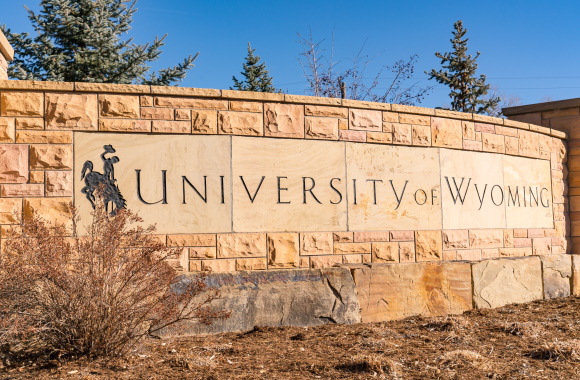
University will also end mandatory DEI statements for hiring, promotion
The University of Wyoming’s vice president for diversity, equity and inclusion has announced he is leaving the institution for a new job as UW prepares to shutter its DEI office next month.
Zebediah Hall, who was tapped for the top DEI position at UW in November 2022, has accepted a new position in a similar role at Salisbury University in Maryland.
It’s the latest development at the Cowboy State’s flagship public university, which is being forced to eliminate its Office of Diversity, Equity and Inclusion office due to legislative pressure, where Republicans hold a supermajority in the statehouse.
The university also announced in May it will no longer require job candidates to submit DEI statements nor evaluate employees’ commitment to DEI in annual performance reviews.
Campus media affairs representatives did not respond to repeated emails and a phone call in recent weeks seeking comment from The College Fix. Hall also did not respond to a request for comment.
University President Ed Seidel and the UW Board of Trustees made the changes “in response to legislative action that removed $1.73 million from UW’s upcoming biennium budget. A legislative budget footnote also directed that no state dollars be spent on the DEI office, effective July 1, 2024,” a news release stated.
“We received a strong message from the state’s elected officials to change our approach to DEI issues,” Seidel stated.
Seidel added support programs run out of the DEI office that handled other efforts, such as mandatory state and federal nondiscrimination trainings, and ones supporting veterans, nontraditional students, and students with disabilities, will be transferred to other offices and remain intact.
As for the closure of UW’s DEI office, some argue such moves may not go far enough.
In his piece “Closing DEI Offices is Not Enough,” political scientist Samuel Abrams argued DEI is so embedded in other aspects of campus life, from student support services to libraries to residential life programs, that the dogma will continue to be heavily propagated on campuses.
“Sarah Lawrence College, where I teach, provides a straightforward case,” he wrote in his April piece. “Only a handful of administrative staff are technically in the ‘diversity, equity, inclusion, and belonging’ (DEIB) office, for instance.”
“But that has not stopped the overt and inappropriate activism of many other staff members employed by SLC to theoretically help elevate all students.”
At the University of Wyoming, programs that may be considered preferential to one group of individuals but are “deemed essential to help students,” such as Women in STEM activities or the Wyoming Latina Youth Conference, will be funded by “private” sources and continue on, the news release stated.
However, the University of Wyoming this summer will not host the annual Black 14 Social Justice Summer Institute. This program is for high school juniors and seniors with a “passion for social justice,” with learning outcomes such as exploring possibilities to social problems and promoting a sense of community “amongst a diverse group of students.”
“The University of Wyoming will not hold a Black 14 Social Justice Summer Institute this year, as members of the Black 14 have chosen not to participate in a third annual institute,” the university wrote in a May news release.
“In a letter to President Ed Seidel, three Black 14 members wrote that the group is discontinuing its involvement in the institute because Wyoming government leaders have eliminated funding for UW’s Office of Diversity, Equity and Inclusion.”
MORE: U. Wyoming settles with Christian silenced for calling trans student ‘male’
IMAGE: Paul Brady Photography / Shutterstock
Like The College Fix on Facebook / Follow us on Twitter
Wyoming
Your Wyoming Sunrise: Monday, June 24, 2024 | Cowboy State Daily
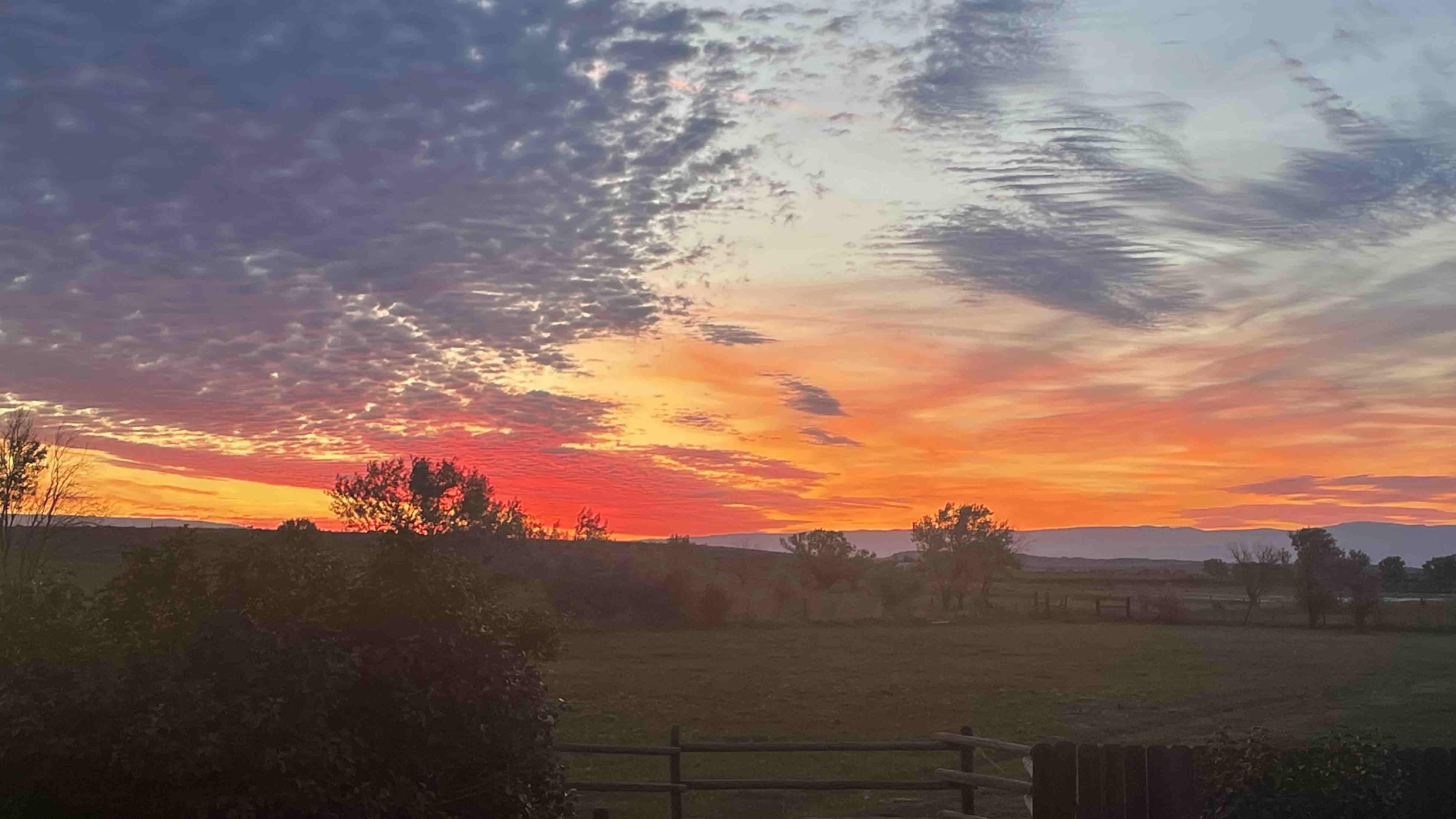
Today’s Wyoming sunrise was captured by Kelly Ackerman. Kelly writes, “Outside of Powell from my back door.”
To submit your Wyoming sunrise, email us at: News@CowboyStateDaily.com
NOTE: Please send us the highest-quality version of your photo. The larger the file, the better.
NOTE #2: Please include where you are from and where the photo was taken.
NOTE #3: Tell us about your sunrise. What do you like about it?
NOTE #4: HORIZONTAL photos only. We cannot use vertical.
Wyoming
Rod Miller: From Beavers to Coal, Five Wyoming… | Cowboy State Daily
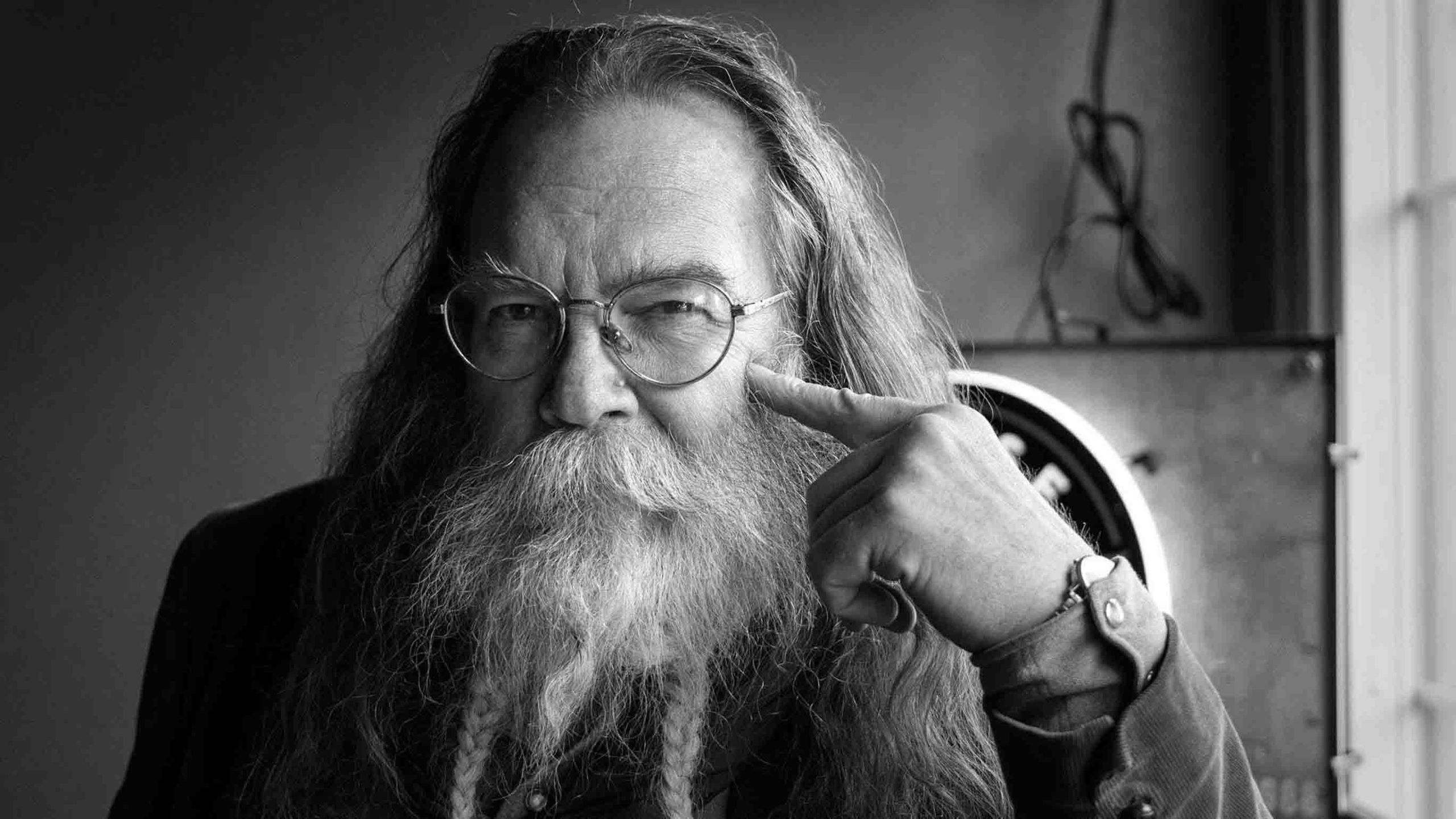
When fur trappers of the 1830s stood hip-deep in the numbing waters of Wyoming’s far west side, they began our first industry. International demand for beaver fur for fashionable headwear created wealth where none existed before.
That was also the dawn of Wyoming’s symbiotic relationship with corporate America in the form of the powerful fur companies.
This heyday lasted until silkworms from China produced a product that proved more desirable for making hats for European nobility, and the beaver fur industry declined.
Some of those early entrepreneurs in the Big Empty, struggling with the demise of beaver trapping, poked around South Pass and discovered gold in 1842. A decade or so later, a frenzied gold rush resulted in South Pass City becoming the densest concentration of white folks in the territory.
Again, wealth was created out of thin air, sweat and capital until the lode petered out. But, before it did, money was made and the economic life of what would become Wyoming strode forward.
For those keeping count, that was economic boom number two.
When the gold boom died, the railroad was built through Wyoming, connecting us with markets on both coasts. Some smart folks saw an opportunity to convert the hardy grasses of our plains into meat and wool, and ship it to cold, hungry folks up and down the line.
Bingo! The range livestock industry was born. Magnificent old Queen Anne mansions were built by cattle and sheep barons with the profits, and they still line the streets of our towns.
The livestock industry dominated Wyoming’s economic profile for nearly a century, providing the imagery on our license plates and the name for our football team. No other industry has branded us as deeply.
In the mid-1950s, recreation and tourism supplanted livestock as the major contributor to Wyoming’s GDP. Hunters, fisherpeople, and casual tourists flocked to Yellowstone, borne by a burgeoning system of paved highways and runways, and spread out from there to the entire state.
We chuckle at these folks’ antics during the summer, but still pockets wads of cash that they tote across our border.
Oil and gas has, for a long time, been an important sub-component of our Gross Domestic Product, but never enough to knock cows or tourons off the top rung.
But, in 1970, the federal Clean Air Act was passed and almost immediately vaulted hydrocarbons to the top of our economic heap. This in the form of Wyoming’s low-sulfur coal which, because of new environmental regulations, became the preferred fuel for producing electricity nationwide.
Couple the Powder River Basin coal boom with the discovery of elephant gas fields near the greater Marbleton metroplex, and we have economic boom number five, still funneling money into our coffers by the wagonload.
But that industry is nearing the end of its shelf life.
Hence, if you characterize Wyoming’s economic life as a series of booms and busts, you are right on the money. This is the chart of our progress, albeit spasmodic, into the future where we find ourselves now.
At each turn on that bumpy road, the champions of the old industry fought tooth and claw against the new industry that they viewed as a threat. Our growth has been anything but smooth because of that fact.
But, in every case, that new industry created wealth in the Cowboy State that wasn’t there before. I think the term “progress” would apply. And I read somewhere that economic progress is what capitalism is all about.
So, instead of griping and whining about progress, and pushing back against it to protect the old way, I’ll just tip my Stetson to it. A Stetson, by the way, made of beaver fur.
Rod Miller can be reached at: rodsmillerwyo@yahoo.com
-
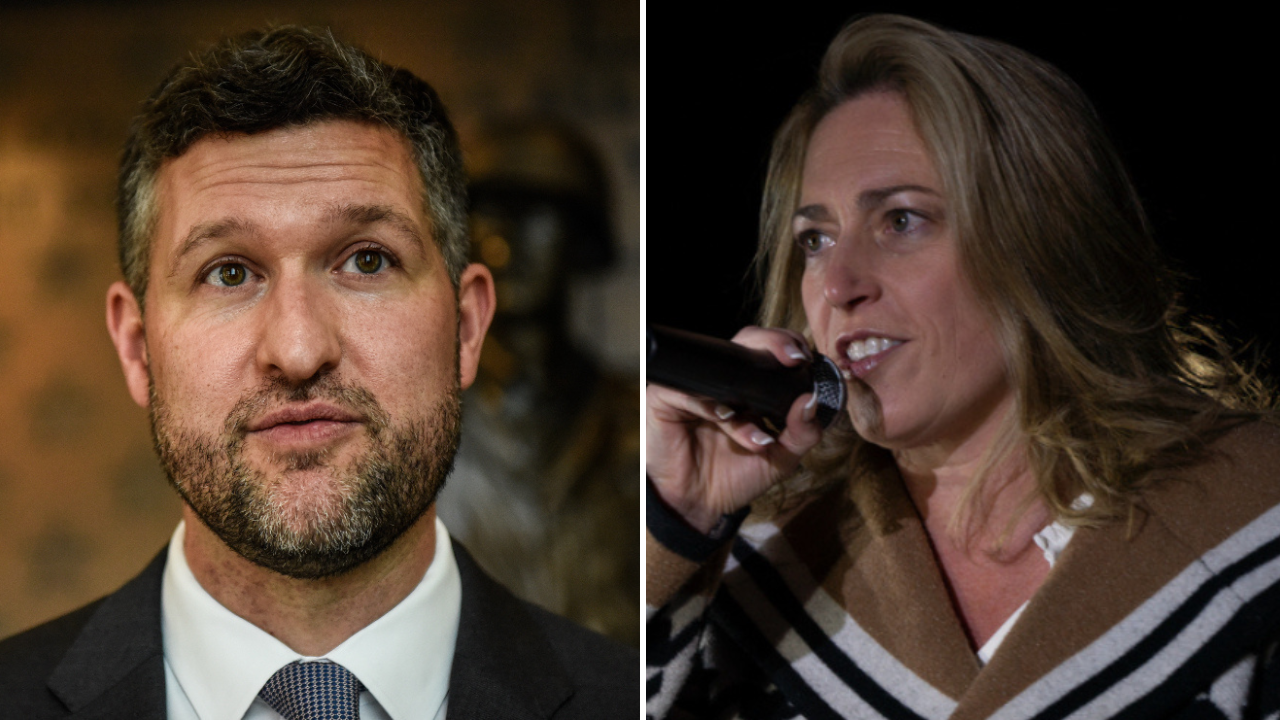
 Politics1 week ago
Politics1 week agoRule of law on ballot in NYC suburbs as cop, veteran trade barbs over border crisis, policing
-

 News1 week ago
News1 week agoIt's easy to believe young voters could back Trump at young conservative conference
-

 World1 week ago
World1 week agoSwiss summit demands 'territorial integrity' of Ukraine
-

 News1 week ago
News1 week agoJustice Department won't pursue contempt charges against Garland
-

 World1 week ago
World1 week agoSwitzerland's massive security effort at the Ukraine peace conference
-

 Politics1 week ago
Politics1 week agoBiden looks to capitalize on star-studded Hollywood fundraiser after Trump's massive cash haul in blue state
-

 World1 week ago
World1 week agoElection aftermath – MEPs to watch on economic and financial policy
-

 Politics1 week ago
Politics1 week agoJudge rules Missouri abortion ban did not aim to impose lawmakers' religious views on others






